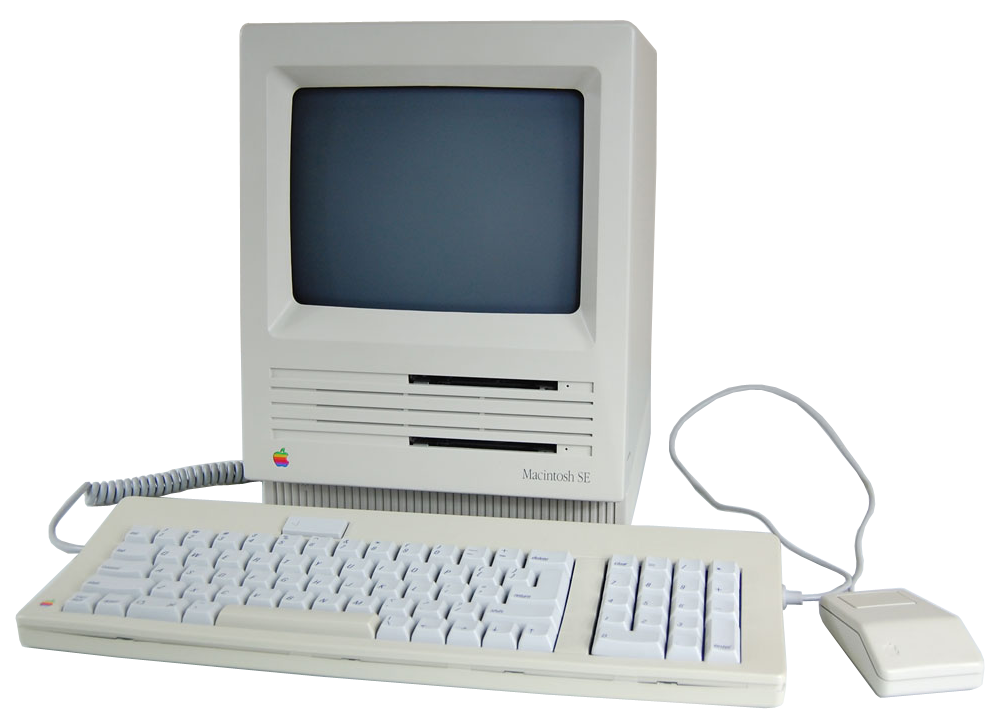
You may have heard these terms at the Apple Store, but what do they really mean? Learn about Apple terminology here, and what you can do if you have a Mac machine that falls under “vintage” or “obsolete” status.
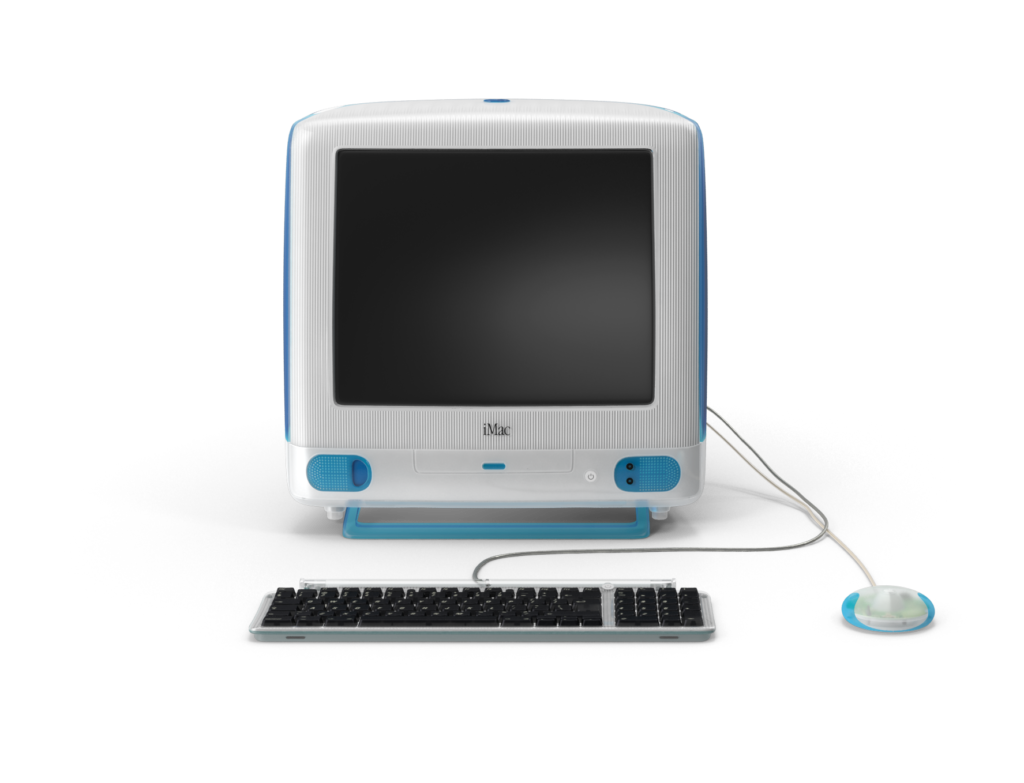
In general, the term “vintage” refers to items created in a previous era and recognized for their enduring quality, charm, and historical significance. Associated with fashion, furniture, technology, and collectibles, the term implies that something is not just old, but has aged well—gaining value, character, and a sense of nostalgia over time. Vintage pieces are often prized for their craftsmanship, unique design, and the cultural story they carry, setting them apart from modern, mass-produced counterparts. Whether it’s a 1960s typewriter, a classic denim jacket, or a turntable from the ’70s, vintage items reflect the essence of their time and continue to appeal across generations.
So, how does this term apply to your Apple device? When Apple says a Mac is vintage, it means the product was discontinued more than five years ago but less than seven years ago. During this period, Apple may still offer hardware service and parts, but only if they are available—there’s no guarantee. Certain locales such as California require manufacturers to perform service for up to 7 years, thus parts tend to have better availability in those areas. Once a Mac reaches vintage status, it typically falls outside of Apple’s standard support window, and service through Apple Stores or Apple Authorized Service Providers becomes limited.
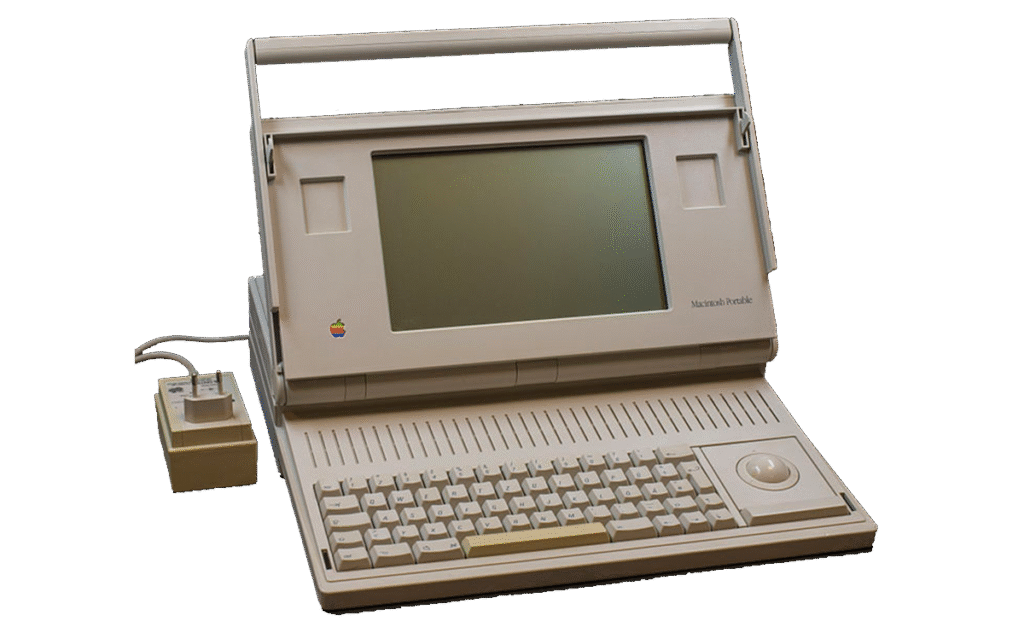
When Apple says a Mac is obsolete, it means the product was discontinued more than seven years ago, and as a result, Apple no longer offers hardware service or parts for it—under any circumstances. This applies to Apple Stores and Apple Authorized Service Providers worldwide. Obsolete Macs are fully retired from Apple’s official support system, meaning even if parts are available, Apple will not repair them. While software support typically ends earlier, once a Mac is labeled obsolete, any remaining official support—especially hardware-related—is completely discontinued.
Denver Mac Repair is committed to supporting, servicing, and upgrading vintage and obsolete Macs because these machines often have plenty of usable life left in them. While Apple discontinues hardware support for Macs over five to seven years old, many of these computers are still fully capable of handling everyday tasks such as web browsing, email, word processing, media playback, and even light photo or video editing. Denver Mac Repair recognizes the value in keeping these machines running, not only to extend their usefulness but also to help customers avoid the high cost of prematurely replacing their devices.
Unlike Apple Authorized Service Providers who must follow strict guidelines that limit what repairs and upgrades can be performed—especially on vintage and obsolete models—Denver Mac Repair has chosen not to participate in that program. This decision gives them the freedom to work on a much wider range of Mac computers, including those Apple has officially retired. Whether it’s replacing a failing hard drive with a fast SSD, upgrading memory, repairing graphics issues, or installing a modern operating system using community-supported tools, Denver Mac Repair goes beyond what Apple permits to breathe new life into older Macs.
All services at Denver Mac Repair are performed by fully Certified Mac Technicians, ensuring the same level of skill and professionalism customers expect from Apple, but with more flexibility and personal attention. Their technicians are experienced with the entire Mac product line, from vintage iMacs and MacBook Pros to Mac minis and Mac Pros, including machines dating back a decade or more. They use high-quality replacement parts, advanced diagnostic tools, and industry best practices to ensure reliability and performance after every repair or upgrade.
By extending the usable lifespan of vintage and obsolete Macs, Denver Mac Repair helps keep Mac ownership affordable for students, freelancers, small business owners, and budget-conscious individuals. Instead of being forced into an expensive upgrade cycle, customers can invest a fraction of the cost to get their current Mac running like new. This approach not only saves money but also empowers people to stay productive with the tools they already know and trust.
Supporting older Macs is also an environmentally responsible choice. E-waste is a growing problem, and many perfectly functional devices end up in landfills simply because official support has ended. Denver Mac Repair’s mission includes reducing this waste by giving Macs a second, third, or even fourth life. By repairing and upgrading rather than replacing, they help reduce the environmental impact of tech consumption while providing real value to their customers and the community.
Apple doesn’t intentionally build Macs to become vintage or obsolete, but the company does design its products and support policies around innovation, efficiency, and a steady upgrade cycle. As technology advances rapidly, Apple focuses on pushing forward with new hardware, software, and performance standards. To maintain this momentum, older Macs are gradually phased out of active support. This allows Apple to streamline manufacturing, reduce compatibility issues, and concentrate engineering resources on newer products and features that align with current performance expectations and security standards.
That said, Apple’s approach often prioritizes sleek design and tightly integrated components over long-term repairability and upgradability. Many newer Macs have soldered RAM, glued-in batteries, and proprietary parts, which can limit a device’s lifespan in practical terms—even if the hardware itself remains capable. Once a Mac is more than 5–7 years old, it’s labeled vintage or obsolete, making it harder for users to get service directly from Apple, even if the machine still functions well for everyday use.
This lifecycle strategy also encourages customers to upgrade regularly, which supports Apple’s business model and helps introduce new technologies to the market faster. However, it can also create challenges for users who prefer to keep their Macs for the long haul or who cannot afford frequent upgrades. That’s why many turn to independent repair shops like Denver Mac Repair, which provide the support and upgrades that Apple has phased out.
In essence, Apple’s vintage and obsolete designations reflect a balance between progress and product support, not a desire to force obsolescence. But the result is the same: even well-functioning Macs can become unsupported before the end of their practical usefulness. Fortunately, the right expertise and service can keep these Macs going strong—long after Apple moves on.
Yes, some vintage or obsolete Macs do increase in value as collector’s items, but not all. The collectible value of a Mac depends on several factors including its rarity, historical significance, condition, original packaging/accessories, and whether it represents a milestone in Apple’s design or technology history.
For example, early models like the original Macintosh 128K (1984), the Macintosh SE, the PowerBook 100 series, or the iMac G3 in rare colors are often sought after by collectors. Similarly, limited-edition or short-lived models—such as the 20th Anniversary Macintosh or early MacBooks with unique features—may command higher prices. These machines represent key turning points in Apple’s design philosophy or computing innovation and are considered culturally or technologically important.
However, most Macs that are simply old do not gain collector value. A 2012 MacBook Pro or 2015 iMac, for instance, might still be functional and useful, but they’re not particularly rare or historically notable. Their value typically declines over time unless they become part of a niche collector market, which is uncommon.
Condition is critical, too. A Mac in mint condition with its original box, manuals, accessories, and software can be worth significantly more than the same model in poor condition. Working units are also more valuable, although some collectors do purchase non-working Macs for parts or display.
In short, while most obsolete Macs depreciate like typical consumer electronics, certain vintage Macs do increase in value over time—especially if they’re iconic, rare, or in excellent condition.
Here are some of the most valuable vintage Macs:
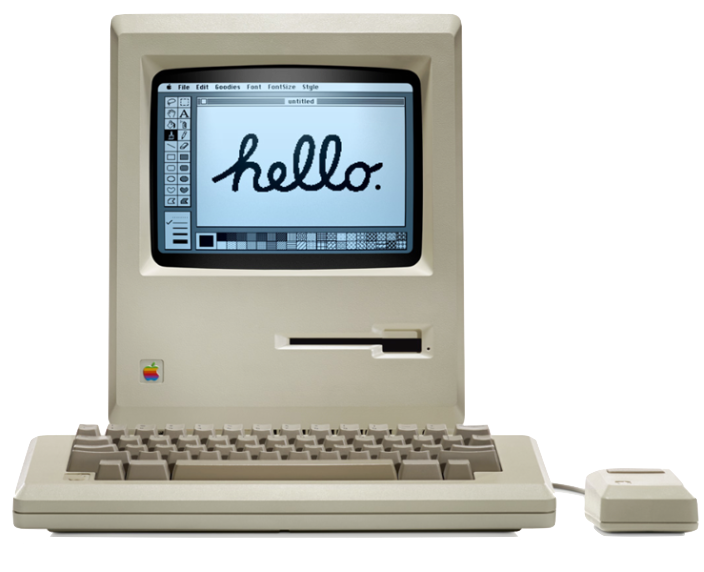
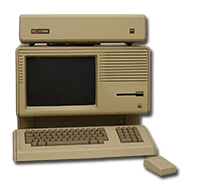
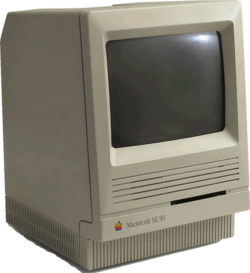
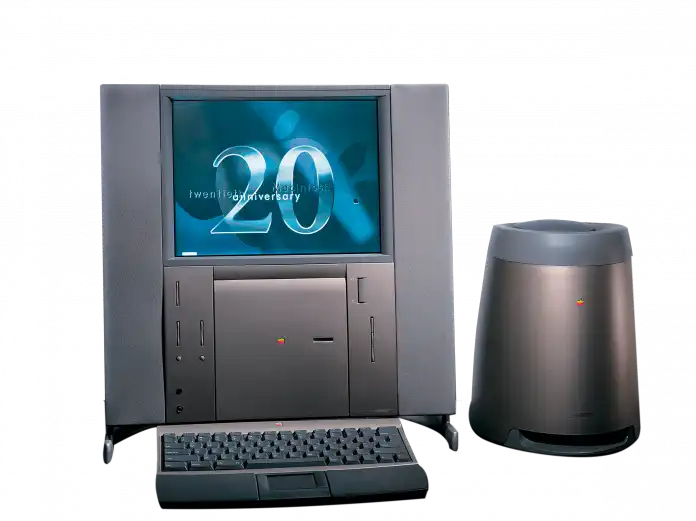
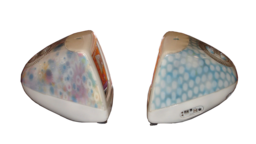
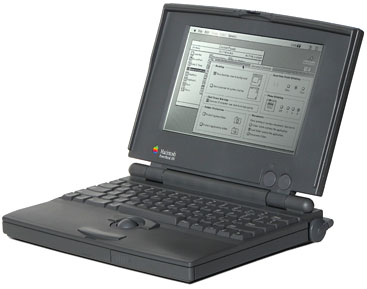
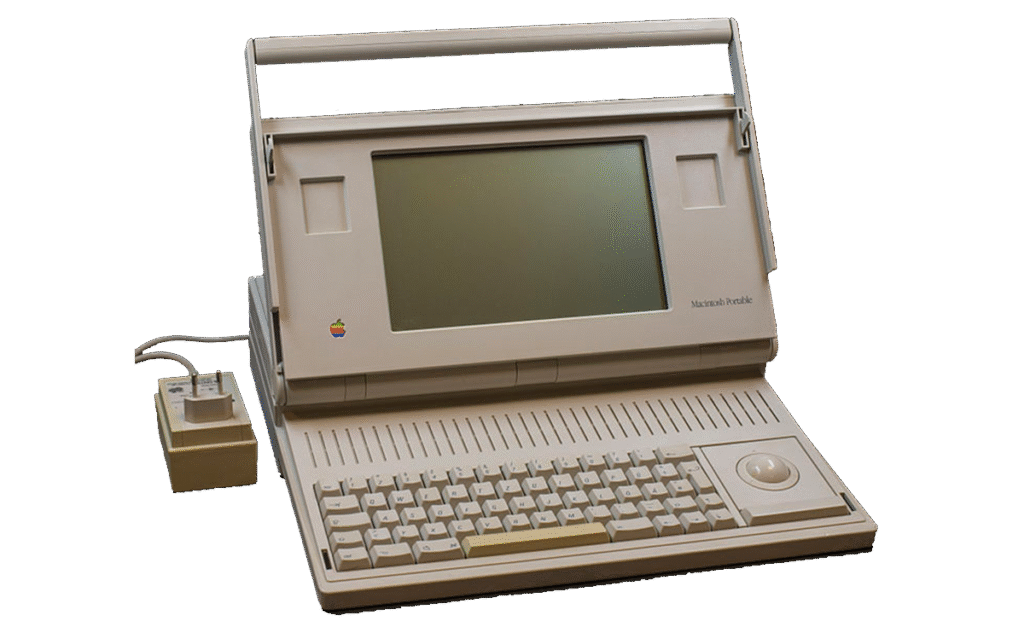
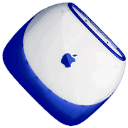
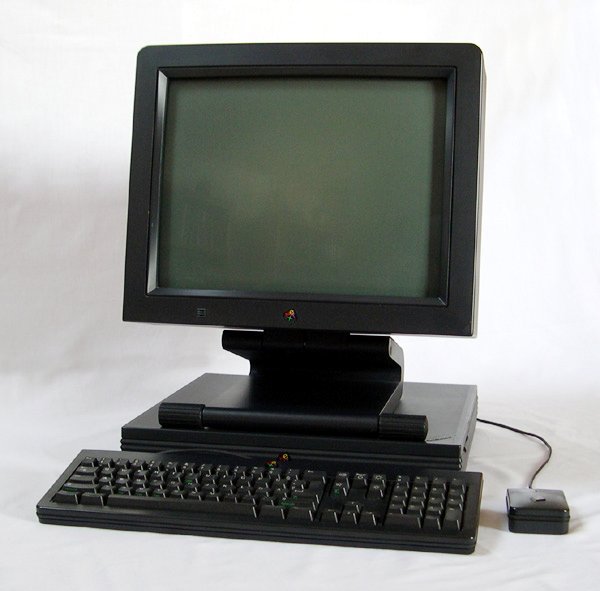
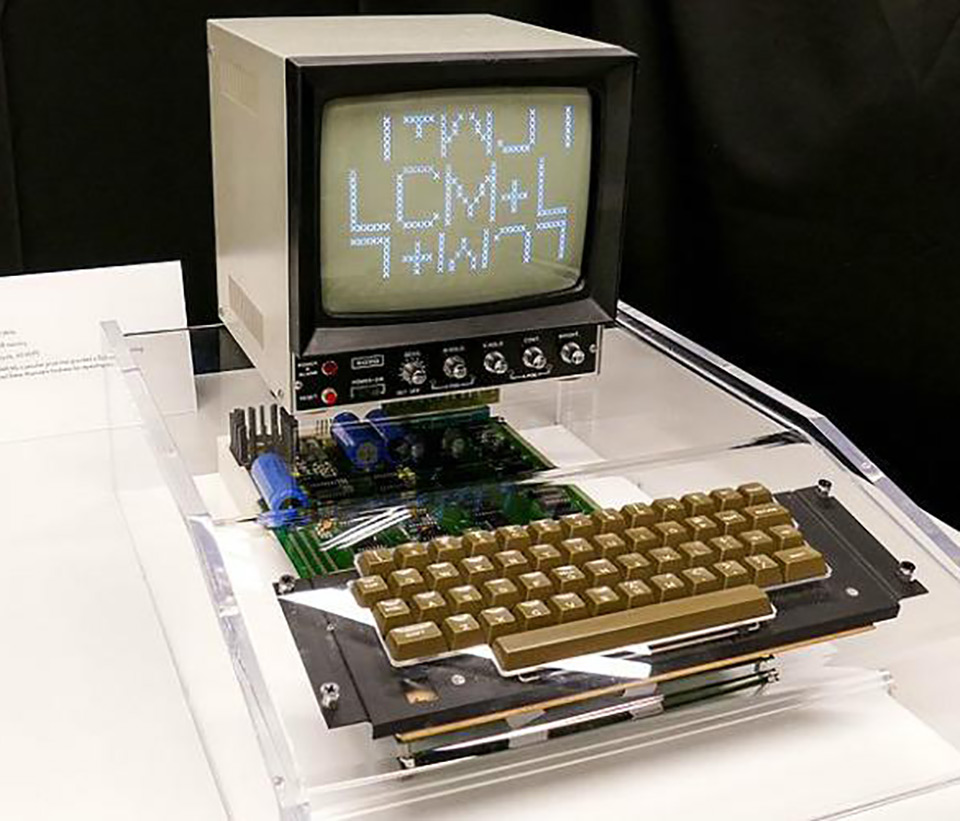
Just because it’s been labeled “vintage” or “obsolete” by Apple doesn’t mean it’s ready for a landfill! If you need support for a Mac device that’s beyond five years old, seven years old, or more, bring your machine into Denver Mac Repair for a quote. Our fully Certified Mac Technicians are dedicated to providing you with options, regardless of the age of your device. No appointment necessary.



